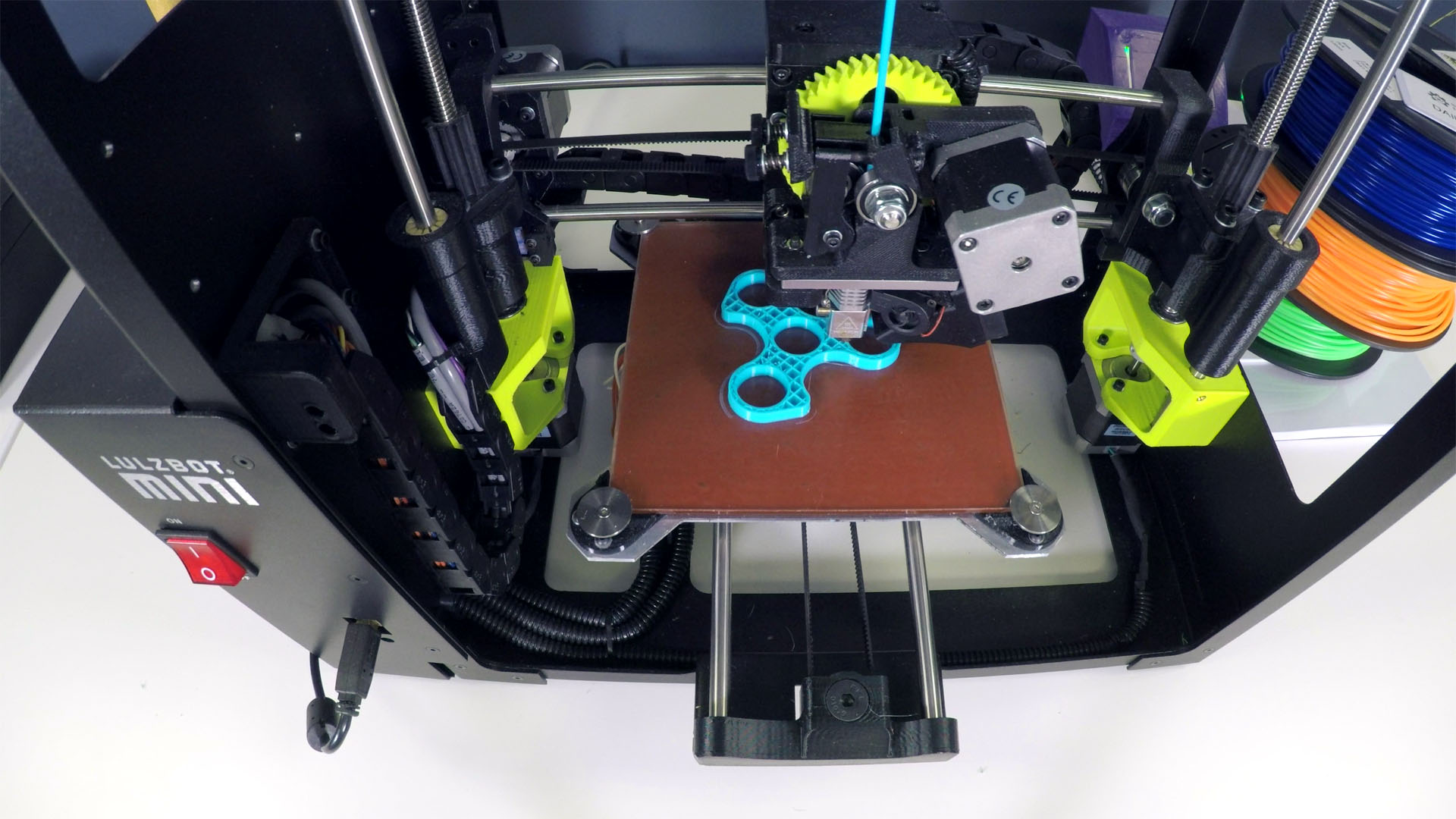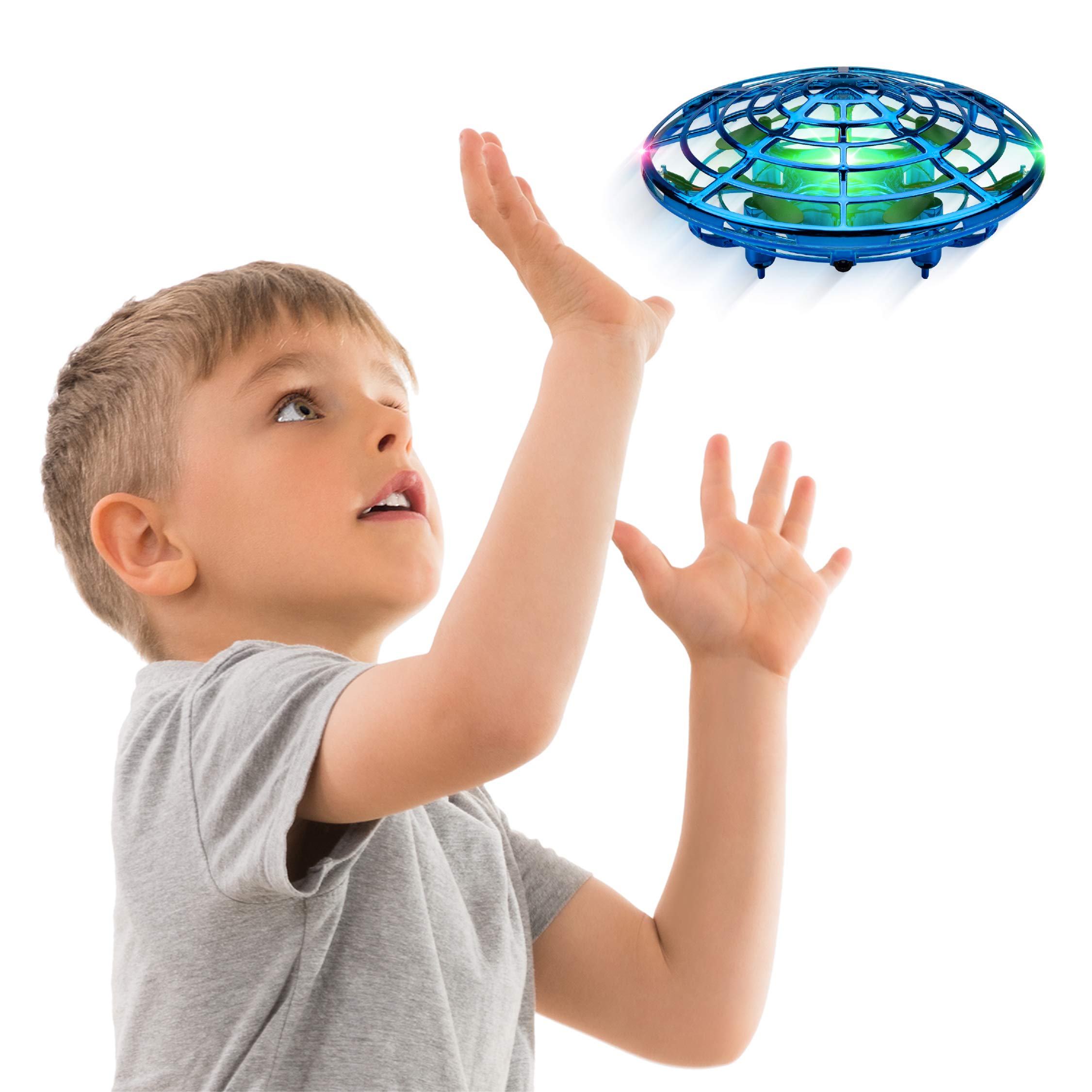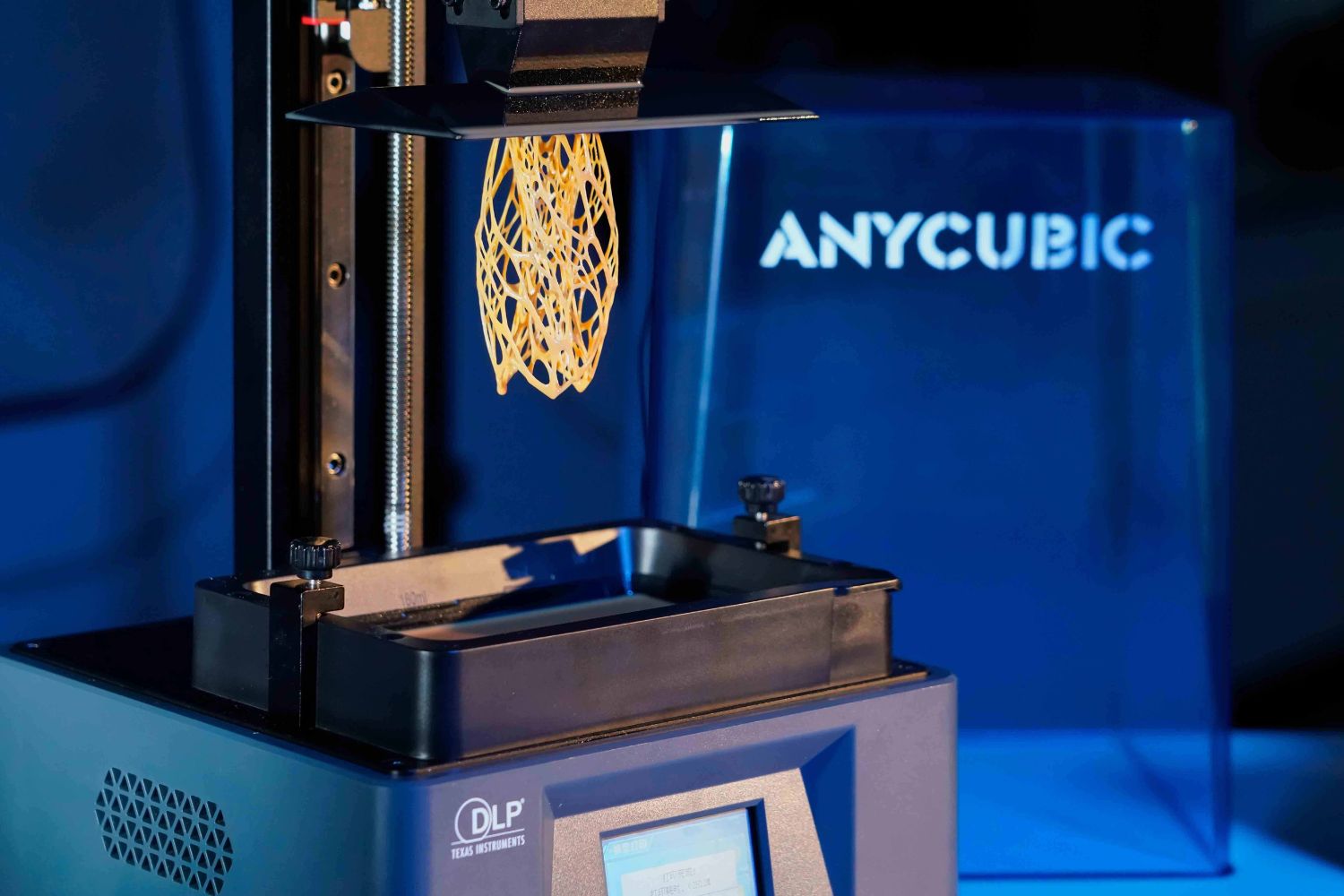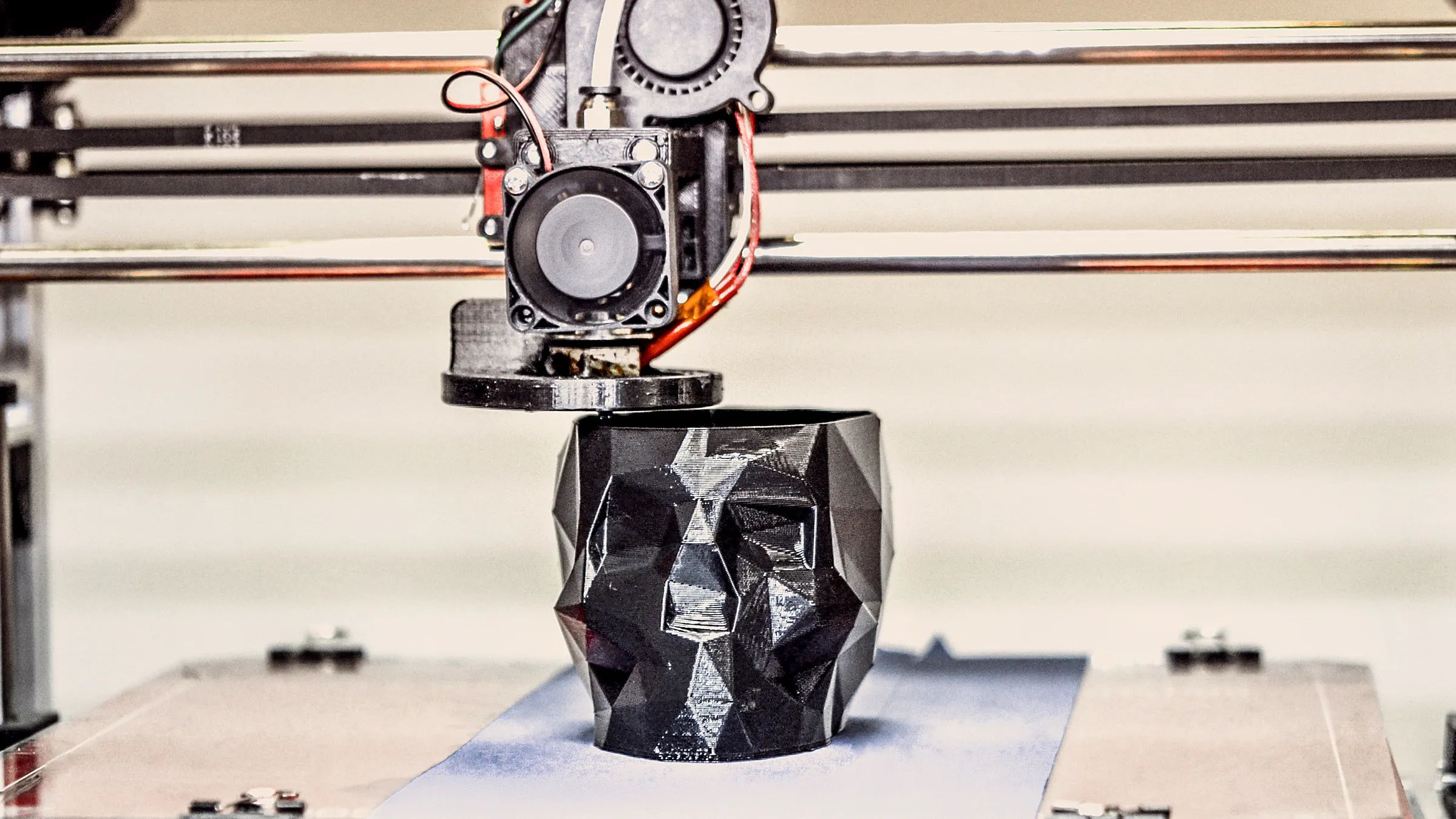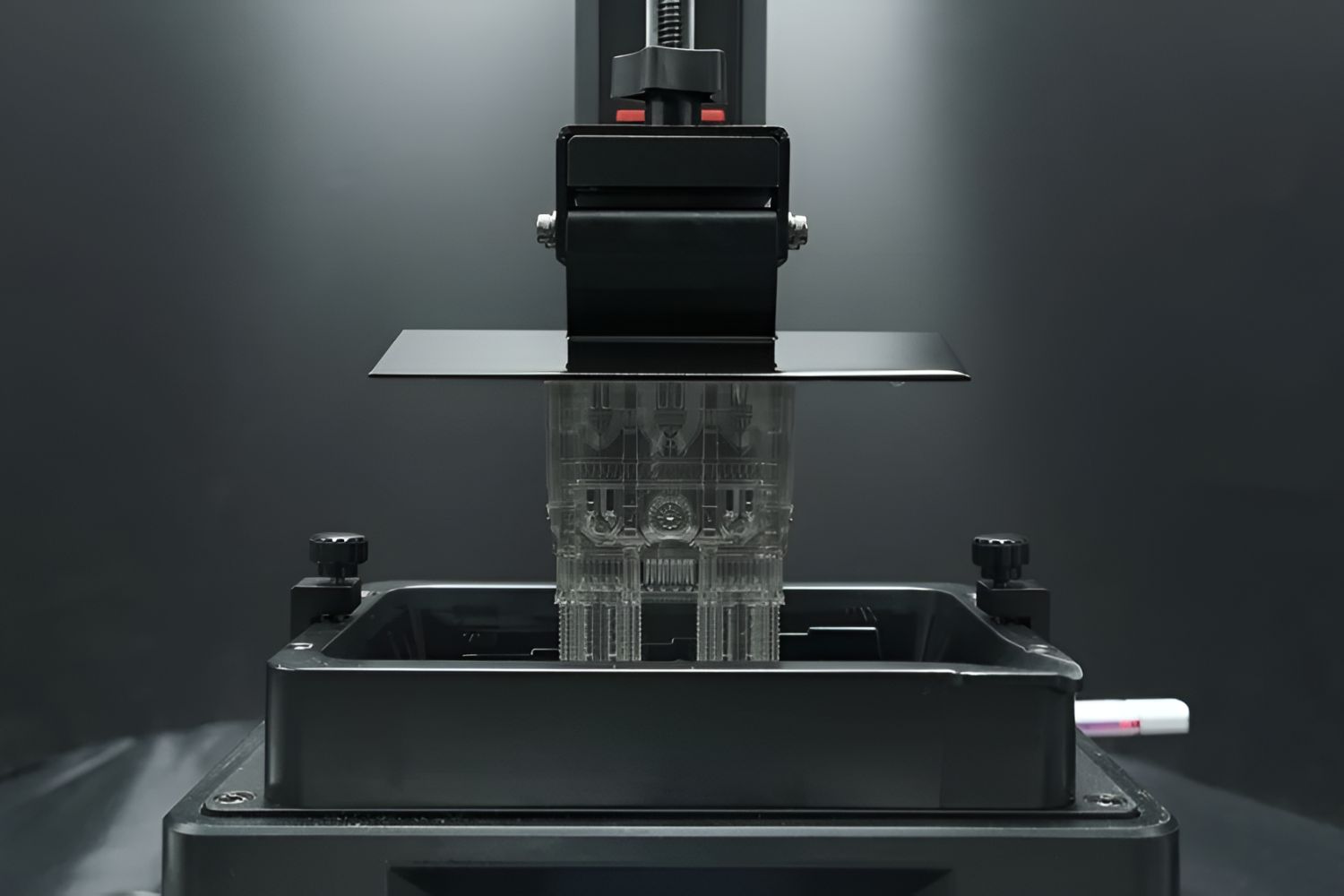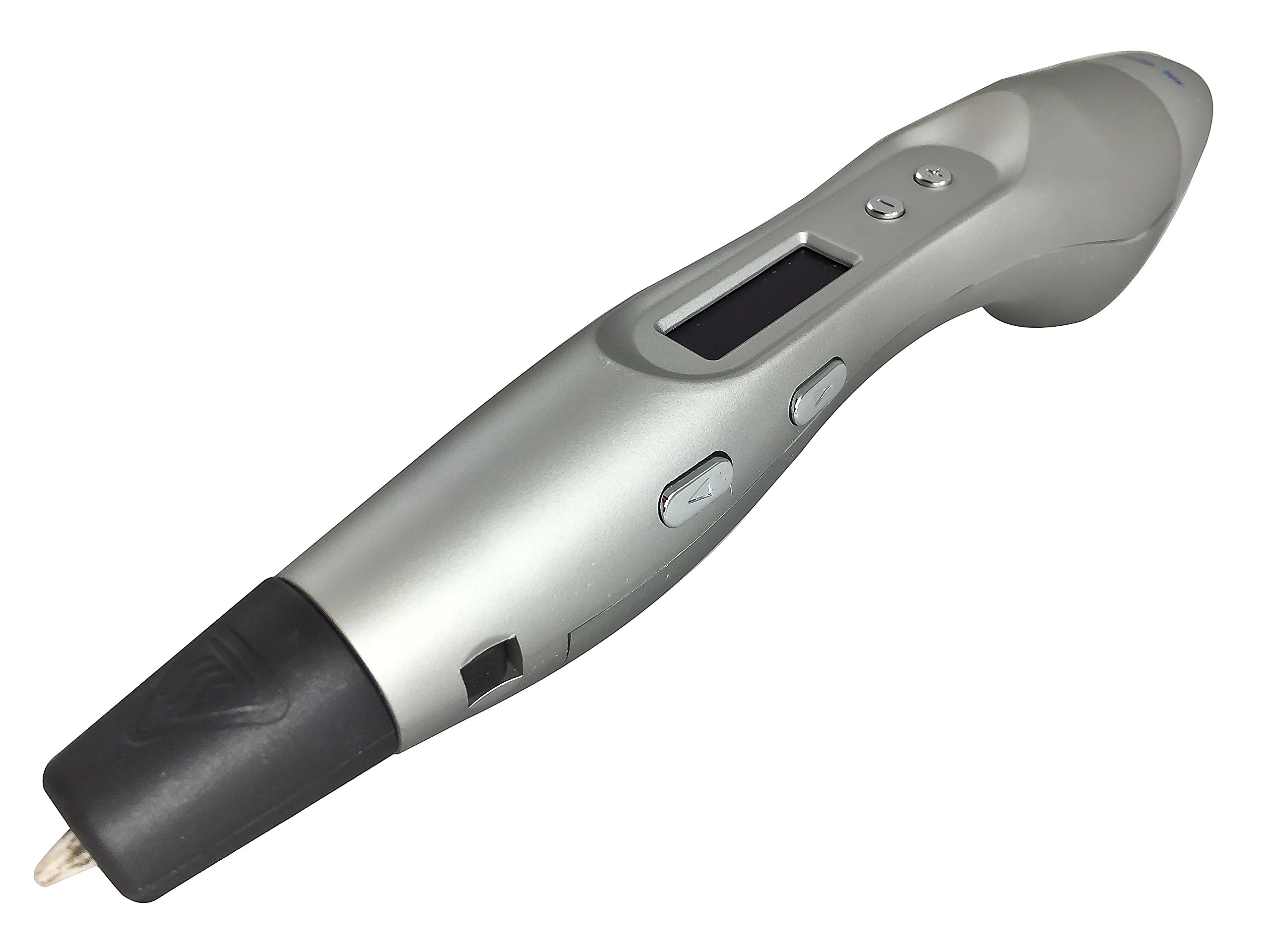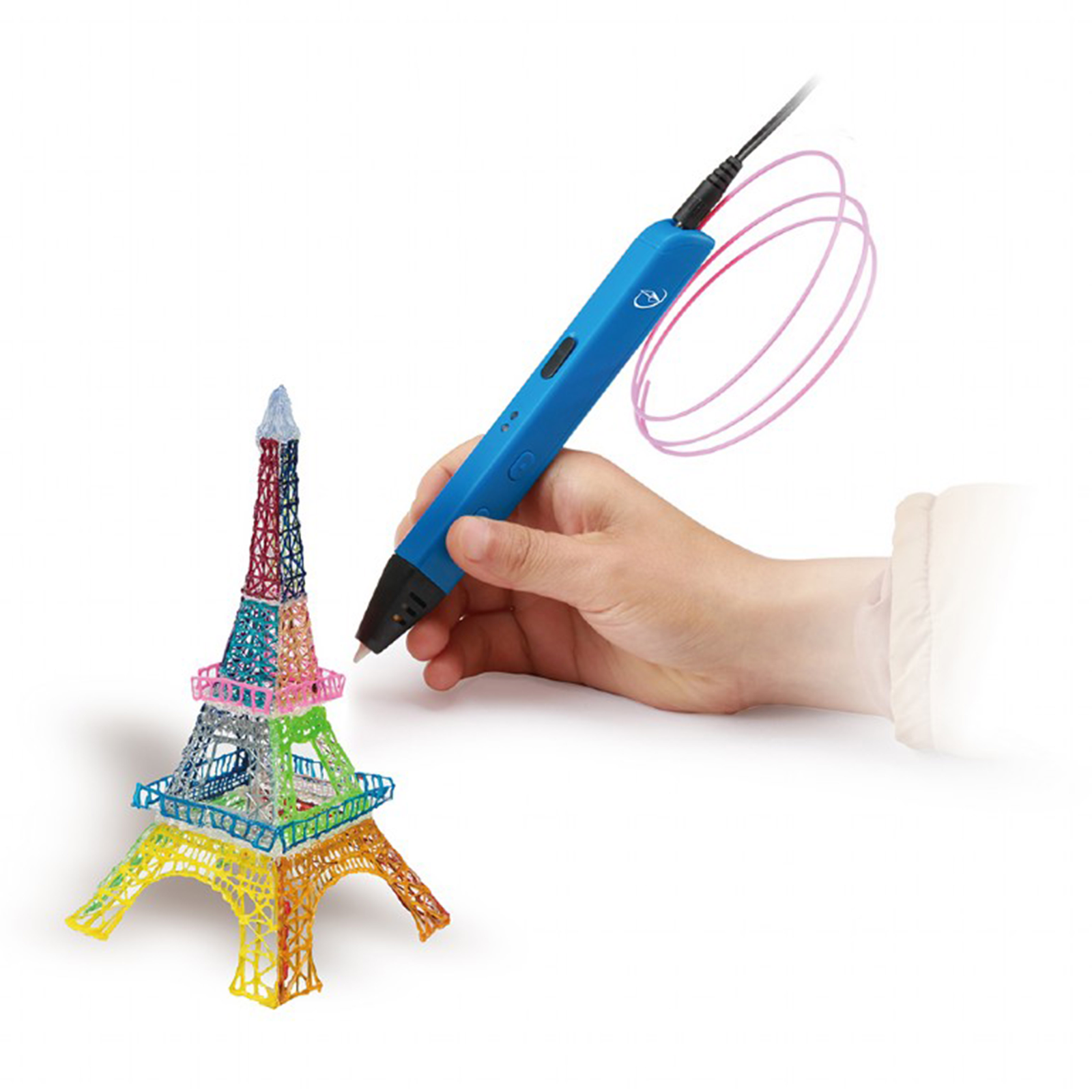Introduction
Welcome to the world of fidget spinners! These seemingly simple gadgets have taken the world by storm, providing a satisfying way to relieve stress and anxiety. If you’re intrigued by the trend but don’t have access to a 3D printer, fear not! In this guide, we’ll show you how to make your own fidget spinner without the need for a fancy printer.
Creating your own fidget spinner can be a fun and rewarding DIY project. Not only will you have a unique spinner that reflects your personal style, but it can also be a great opportunity to showcase your creativity and handiwork.
While traditional fidget spinners are often made with 3D printers, we’ll be taking a different approach. Our method involves using commonly found materials and basic tools to construct a functional and enjoyable spinner.
Before we dive into the step-by-step instructions, let’s take a moment to gather the materials you’ll need:
- A set of skateboard bearings
- Cardboard or a craft material of your choice
- A ruler
- A pencil or pen
- A pair of scissors or a craft knife
- An assortment of small weights, such as nuts or bolts
- A hot glue gun or strong adhesive
With these materials in hand, you’ll be well-equipped to embark on this creative journey. So let’s get started and learn how to make your very own fidget spinner!
Materials Needed
Before you begin crafting your homemade fidget spinner, make sure you have the following materials on hand:
- A set of skateboard bearings: These will serve as the spinning mechanism for your fidget spinner. You can find skateboard bearings at sporting goods stores or online.
- Cardboard or a craft material of your choice: This will be used to create the frame of your fidget spinner. Cardboard is readily available and easy to work with, but you can also experiment with other materials like wood or plastic.
- A ruler: You’ll need a ruler to measure and mark the dimensions of your fidget spinner.
- A pencil or pen: This will be used to mark the cutting lines on the cardboard.
- A pair of scissors or a craft knife: You’ll need a cutting tool to trim the cardboard and create the desired shape for your fidget spinner.
- An assortment of small weights: These can be nuts, bolts, or any other small objects that can be glued to the spinner to provide balance and stability.
- A hot glue gun or strong adhesive: This will be used to attach the bearings and weights to the cardboard frame. Make sure to choose a strong adhesive that can withstand the spinning motion.
With these materials collected, you’ll have everything you need to start constructing your homemade fidget spinner. Don’t worry if you don’t have all the materials readily available—you can always improvise and use alternative items that serve a similar purpose.
Now that you have the necessary materials, it’s time to move on to the next step: gathering the basic materials.
Step 1: Gather the Basic Materials
Before you can start building your fidget spinner, it’s important to gather all the basic materials. Here’s a breakdown of what you’ll need:
- A set of skateboard bearings: These are the essential components that will allow your fidget spinner to spin smoothly. You can find skateboard bearings at local sporting goods stores or order them online.
- Cardboard or a craft material: This will be used to create the frame of the spinner. You can choose any sturdy material such as cardboard, plastic, or wood. Using colorful or patterned cardboard can add a touch of personal style to your fidget spinner.
- A ruler: This will come in handy for measuring and marking the dimensions of the fidget spinner. Choose a ruler that’s easy to read and has both inches and centimeters.
- A pencil or pen: You’ll need a writing utensil to mark the cutting lines on the cardboard. Make sure it’s sharp and easy to grip.
- A pair of scissors or a craft knife: These tools will be used to cut the cardboard into the desired shape of the fidget spinner. If you’re using a craft knife, take extra care to ensure safety while cutting.
- An assortment of small weights: Adding weights to your fidget spinner can improve its balance and stability. Small nuts, bolts, or metal washers can serve as weights. You may also explore using other small objects such as beads or coins.
- A hot glue gun or strong adhesive: This will be used to adhere the bearings and weights to the cardboard frame. Make sure you have a glue gun with hot glue sticks or a strong adhesive that can withstand the spinning motion of the fidget spinner.
By gathering these basic materials, you’ll be ready to dive into the exciting process of constructing your own fidget spinner. Remember to take the time to collect all the materials and have them within reach before starting each step of the construction.
Now that you have everything you need, it’s time to move on to the next step: preparing the bearings.
Step 2: Prepare the Bearings
Now that you have gathered the basic materials for your homemade fidget spinner, it’s time to prepare the skateboard bearings that will serve as the spinning mechanism. Follow these steps to get the bearings ready:
- Inspect the bearings: Take a close look at the skateboard bearings to make sure they are clean and in good condition. Remove any dirt or debris that may be stuck on them using a cloth or a small brush.
- Lubricate the bearings: Apply a small amount of lubricant, such as sewing machine oil or skateboard bearing lubricant, to each bearing. This will help reduce friction and ensure smooth spinning.
- Spin the bearings: Hold each bearing between your thumb and index finger and give it a spin. Observe how freely and smoothly it rotates. If you notice any resistance or grinding, double-check that the lubricant is evenly distributed and add more if necessary.
- Remove the bearing shields (optional): Some skateboard bearings have removable shields that enclose the balls inside. If you prefer a looser spin, you can pop off these shields using a small tool, such as a needle or a small screwdriver. Be gentle and take care not to damage the bearings.
- Clean excess lubricant (optional): If there is excess lubricant on the bearings, wipe it off gently with a clean cloth. Too much lubricant can attract dirt and reduce the lifespan of the bearings.
By following these steps, you’ll ensure that your skateboard bearings are well-prepared for use in your homemade fidget spinner. Remember to handle the bearings with care and avoid dropping them, as this could damage the delicate internal components.
Now that the bearings are ready, it’s time to move on to the next step: creating the frame of the fidget spinner.
Step 3: Create the Frame
With the skateboard bearings prepared, it’s time to move on to creating the frame of your homemade fidget spinner. Follow these steps to craft the frame:
- Measure and mark the desired shape: Start by determining the size and shape of your fidget spinner. Use a ruler to measure and mark the dimensions on the cardboard or craft material. You can opt for a simple circular shape or get creative with a unique design.
- Cut out the frame: Once you have marked the shape, use a pair of scissors or a craft knife to carefully cut out the frame. Take your time and follow the marked lines as accurately as possible. Remember to exercise caution when using sharp cutting tools.
- Smooth the edges (optional): If desired, you can use sandpaper or a nail file to smooth out any rough edges on the frame. This will help give your fidget spinner a polished look and prevent any potential discomfort while using it.
- Decorate the frame (optional): This step is an opportunity to let your creativity shine. Consider decorating the frame with stickers, paint, markers, or any other embellishments that reflect your personal style. Let your imagination run wild and make your fidget spinner uniquely yours.
Creating the frame of your fidget spinner allows you to put your own personal touch on the design. Whether you prefer a minimalist approach or want to unleash your artistic side, this step is where you can truly make your fidget spinner stand out.
Now that you have crafted the frame, it’s time to move on to the next step: connecting the bearings to the frame.
Step 4: Connect the Bearings to the Frame
Now that you have created the frame of your homemade fidget spinner, it’s time to connect the skateboard bearings to the frame. Follow these steps to securely attach the bearings:
- Place the bearings on the frame: Position the skateboard bearings on the desired spots of the frame. In most cases, fidget spinners have three bearings arranged in a triangular pattern. This ensures stability and balance during spinning.
- Mark the bearing positions: Use a pencil or pen to mark the spots where the bearings will be attached. This will help ensure accurate placement and alignment.
- Apply glue to the marked spots: Using a hot glue gun or a strong adhesive, carefully apply a small amount of glue to each marked spot on the frame.
- Press the bearings into the glue: Immediately after applying the glue, firmly press the skateboard bearings onto the marked spots. Hold them in place for a few seconds to allow the glue to set and secure the bearings.
- Allow the glue to dry: Give the glue ample time to dry and set. Follow the instructions of the specific adhesive you are using to ensure proper drying time.
By properly attaching the skateboard bearings to the frame, you ensure that your fidget spinner will spin smoothly and securely. Take care to position the bearings accurately and align them properly to maintain balance.
Now that the bearings are connected, it’s time to move on to the next step: adding the weights to your fidget spinner.
Step 5: Add the Weights
Now that you have the skateboard bearings securely attached to the frame of your fidget spinner, it’s time to add the weights. Adding weights can improve the balance and stability of your spinner, resulting in a smoother and more enjoyable spinning experience. Follow these steps to add the weights:
- Select the weights: Choose small objects that can serve as weights for your fidget spinner. Nuts, bolts, or metal washers are commonly used as they are readily available and can easily be glued onto the frame. You can also experiment with other small objects like beads, coins, or even small magnets.
- Decide on the weight placement: Determine where you want to position the weights on your fidget spinner. Distributing the weights evenly around the frame can help achieve better balance and smoother spins.
- Apply glue to the weights: Using a hot glue gun or a strong adhesive, apply a small amount of glue to one side of each weight. Ensure the glue is evenly spread and covers the surface that will be attached to the frame.
- Attach the weights to the frame: Carefully place each weight onto the designated spots on the frame. Press them firmly and hold them in place for a few seconds to allow the glue to set and create a secure bond.
- Allow the glue to dry: Give the glue sufficient time to dry completely. Follow the instructions provided with the adhesive you are using to determine the appropriate drying time.
By adding weights to your fidget spinner, you can fine-tune its performance and achieve a more balanced spinning motion. Experiment with different weight placements and combinations to find the configuration that provides the most satisfying spinning experience for you.
Now that the weights are in place, it’s time to move on to the final step: testing and adjusting the balance of your homemade fidget spinner.
Step 6: Test and Adjust the Balance
With the weights attached to your homemade fidget spinner, it’s time to test its balance and make any necessary adjustments to ensure optimal performance. Follow these steps to test and adjust the balance:
- Hold the fidget spinner: Take hold of your fidget spinner between your thumb and index finger, ensuring a secure grip.
- Give it a spin: With a flick of your finger, give the fidget spinner a spin. Observe how it spins and note any wobbling or uneven rotation.
- Identify the imbalances: If your fidget spinner spins unevenly or wobbles, it means there is an imbalance. Pay attention to the areas where the imbalance is most noticeable.
- Adjust the weights: To correct the imbalances, you’ll need to adjust the weights. If you notice that one side is heavier, you can try adding or removing weights from that side. Experiment with different weight placements and quantities until you achieve a balanced and smooth spin.
- Re-test the balance: After making adjustments, give the fidget spinner another spin to assess its balance. Continue the process of fine-tuning the weights if necessary until you achieve the desired balance.
- Make additional adjustments: If you’re still experiencing imbalances, you may need to reposition the bearings or make slight modifications to the frame. Analyze the movement of the fidget spinner and make any additional adjustments as needed.
Testing and adjusting the balance of your fidget spinner may require some trial and error. Be patient and persistent in finding the right configuration that results in a smooth and balanced spinning motion.
Once you are satisfied with the balance and performance of your fidget spinner, it’s time to enjoy the fruits of your labor and experience the satisfying sensation of spinning it between your fingertips.
Remember, the process of testing and adjustment is an integral part of building your own fidget spinner. Don’t be afraid to experiment and have fun in the process!
Now that you have successfully tested and adjusted the balance of your homemade fidget spinner, you can proudly show off your creation and enjoy hours of spinning delight.
Conclusion
Congratulations on creating your very own fidget spinner without the need for a 3D printer! By following the step-by-step instructions in this guide, you have successfully crafted a unique and personalized fidget spinner using simple materials and basic tools.
Throughout the process, you gathered the necessary materials, prepared the skateboard bearings, created the frame, connected the bearings, added weights, and tested and adjusted the balance. Each step allowed you to showcase your creativity and craftsmanship, resulting in a fidget spinner that reflects your personal style and preferences.
Remember, the beauty of making your own fidget spinner is the opportunity to customize it to your liking. Feel free to experiment with different materials, designs, and weight placements to find the configuration that suits you best.
As you enjoy your homemade fidget spinner, take pride in the fact that you have not only created a functional toy but also embarked on a rewarding DIY project. Whether you use it to relieve stress, improve focus, or simply have fun, your homemade fidget spinner is a testament to your creativity and resourcefulness.
Now, go ahead and show off your creation to friends and family, or even consider making more spinners as unique gifts. It’s time to enjoy the satisfying sensation of spinning your very own handmade fidget spinner!
Happy spinning!







